AI Is the Biggest Shift in GTM Since Digital Marketing
5 Lessons Learned from GTM AI 2025 Report
Dear GTM Strategist!
AI is here to stay and transform how we go to market. Last week, we established that in the mainstream adoption, there is a lot of talk and little action (84% of companies saying that AI is a strategic priority, only 20-30% using it daily, Source: HBR).
This week, I want to invite you on a journey of how early adopters of AI in GTM are pioneering the change. My colleague Jonathan Kvarfordt, revenue enablement expert and AI GTM Advisor, created a GTM AI 2025 Report. 276 AI GTM early adopters pitched in. Since we supported the survey, we have gotten an early preview of his work, and in this post, I’d like to share with you five things I found most interesting:
GTM practitioners are most interested in use cases, ROI, and practical implementation of methodologies - most users use mainstream tools such as ChatGPT, Copilot, Claude, Jasper…
The best predictor of AI adoption is the enthusiasm for learning AI and playing with its implementations.
More AI tools do not equal better adoption - after the 4th tool, there are diminishing returns.
Beginners are worried about technical implementations. Experts care almost exclusively about strategic implementations.
Predictive trends and emerging technologies for GTM AI in 2025 and beyond.
What struck me the most about this report is that our curiosity about AI tools is an excellent predictor of the successful adoption of AI tools to elevate our GTM efforts - as long as we keep focus. Swinging from one hot AI tool to another will not yield great results.
Let’s learn what early adopters of AI in GTM are doing right and what best practices we could implement in our org! ✌️
This post is sponsored by Momentum.
Momentum is an enterprise listening platform for revenue teams that uses advanced AI agents to transform your customer conversations - emails, calls, support tickets- into actionable insights for revenue success.
Now, exclusively through Momentum Partners like Deepview, we're excited to launch our Prompt Library—a curated collection of 200+ high-impact prompts engineered by our lead prompt expert to supercharge Sales, Customer Success, Marketing, RevOps, and Leadership teams.
Opt in now to unlock these powerful tools and take your go-to-market strategy to the next level for free.
P.S.: I pitched in with a couple of prompts, too!
1) You can still become an early adopter of AI in GTM
What was fascinating for me to see in this report is that no matter all the FOMO we get on social media, we are still early in the space if we have AI implementations that bring value. From the chart below, you see that the majority of GTM leaders use mainstream tools such as ChatGPT, Copilot, Claude, Jasper, etc.
Predominant use cases for AI implementation highlighted in the report were content creation (68%), customer intelligence (64%), process automation (62%), analytics enhancement (59%), and personalization (57%). Well, that is not too difficult, is it? At least for AI content creation, you can do a decent custom GPT in less than a day and train it on your assets to sound more like you.
My advice: Definitely use AI to enhance your content creation, but start learning GTM engineering too. Alex Lindahl, GTM Engineer at Clay, defined 2025 GTM Engineering trends (on the picture below), and my prediction is that signal-driven pipeline generation is going to massively transform the way how we do account-based marketing and sales as well as warm and cold outreach. The way how we orchestrate our data, bring different tools together and create leverage by our AI agents and copilots working together will bring the true AI-driven competitive edge. Automations are cool, but added value that generative AI unlocks is unseen. The rest of us create a competitive edge with added value and generative AI unlocks unseen opportunities here.
2) The cards are shifting - your curiosity is the best predictor of successful AI implementation
Brian Balfour highlighted that the rise of AI is one of the biggest disruptors of product-market fit of established organizations. Companies can lose product-market fit overnight due to lower entry barriers and increased capacities to add value of new entrants in the industry that use generative AI.
In the GTM AI 2025 Report this is beautifully highlighted on two charts. The first one illustrates that the budgets for AI are not the best predictor of successful AI adoption (these are monthly budgets per employee). The second one illustrates that our enthusiasm for learning AI and playing with its implementations is a much better predictor of adoption. I love that!
My advice: Spend at least 8-10 hours a week learning and implementing AI. To me, this is the single most important habit that I am developing in 2025. Seriously, do it if you want to have skin in the game. Occasional thought exchanges with GPT about the best tourist places to visit in Albania or arguing with it about the best goulash recipe do not make you a proficient AI user (hi, mom). Develop a strategic AI adoption agenda for your organization, or even better, start developing new products and offers with it because now, more than ever, small teams that utilize AI to its full potential set up new growth records.
3) More tools do not mean better ROI - diminishing returns on 4th tool
Most proficient AI users in the report stated that they use 4-6 AI tools, but the overall data shows that productivity leaps dramatically up to 40% with 4 AI tools. Instead of constantly shopping for the latest and greatest AIs, we should squeeze the most added value out of our existing tools.
My advice: Choose your tools and stick to them (and leave 20% of capacities for experimentation). Every time someone asks me what AI tools I am using daily, I will answer differently. In my stack, there are always 3 main AI tools that I have been using for more than a year (ChatGPT, Claude, Clay) and up to 4 tools that I am currently experimenting with for parts of my businesses that I need to optimize. Currently, I am playing with AI SDR agents, tools for social selling, and AI tools for content creation. I test them for at least a quarter before making the final call on what stays and what goes. People also often ask me where do I find ideas for new tools? More likely than not, they find me, my colleagues recommend them, or I learned about them on LinkedIn or AI newsletters that I follow.
Oh, one more thing!
If you are an AI tool maker - lead with use cases! Most early adopters are interested in what they can do with AI. Check this out.
4) Beginners worry about technical implementations, pros only care about strategic implementation
The survey indicated an interesting paradox: the more advanced AI users are, the fewer technical concerns and the more strategic concerns they have. Though large organizations and Europe care deeply about data privacy and compliance - what else is new in the universe?
Strategic concerns are mainly connected with AI's role in organization strategy, adoption, integrability of data, structures of how trust and confidence are being built, and what additional capacities create business value and competitive edge. The survey provided interesting insights in the AI adoption barriers - a leading factor was lack of skills and education (32%), integration complexity (23%), and budget constraints (18%) followed by uncertain ROI.
My advice: Create an AI strategy for your organization as soon as possible. It is not about tools, it is how you use AI to create more competitive edge. Here is some food for thought that nicely wraps up our previous discussions.
5) AI trends and predictions 🔮
GTM AI 2025 Report highlighted the following predictive trends and emerging technologies. What I found most interesting are predictive customer journeys in which you anticipate your user's future needs (that is very cool) and Human-AI collaborations - which is not saying: “Bad AI, let me show you how this is being done” - but seriously creating synergies between AI’s and our superpowers.
We have not yet seen the full power of personalization at scale. Data is abundant and cheap. You create a competitive edge by generating your own intelligence, not buying mass intelligence from a vendor - we will see more proprietary AIs in the future.
The GTM AI 2025 Report takes <1h to study, and you can download it here for free:
And if you want to dive deeper into AI, check out Jonathan’s GTM AI Academy with an All Pass AI for GTM space for $47/month.
Workshops included:
AI For Personalized Sales Communication
Enablement AI Powered
Generative AI Foundations
Mastering Claude.ai: Transformative Content Creation & Workflow Automation
Mastering Microsoft Co-pilot
AI for Creating Onboarding Programs
Prompt Guru Agent
AI Enablement Masters Certification
GTM Leaders AI Powered
Research & Automation with Perplexity.ai
📘 New to GTM? Learn fundamentals. Get my best-selling GTM Strategist book that helped 9,500+ companies to go to market with confidence - frameworks and online course included.
✅ Need ready-to-use GTM assets and AI prompts? Get the 100-Step GTM Checklist with proven website templates, sales decks, landing pages, outbound sequences, LinkedIn post frameworks, email sequences, and 20+ workshops you can immediately run with your team.
🏅 Are you in charge of GTM and responsible for leading others? Grab the GTM Masterclass (6 hours of training, end-to-end GTM explained on examples, guided workshops) to get your team up and running in no time.
🤝 Want to work together? ⏩ Check out the options and let me know how we can join forces.



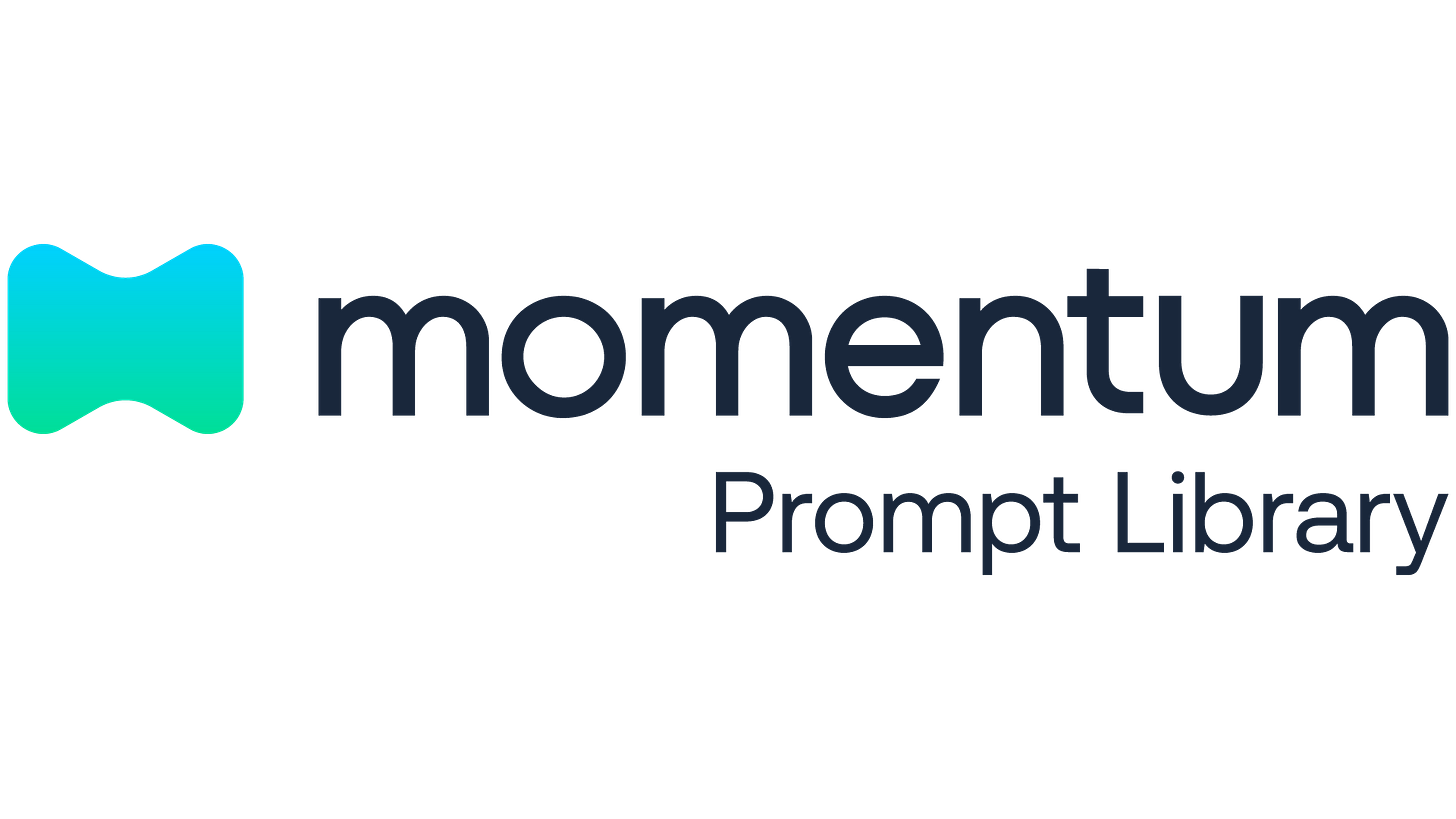
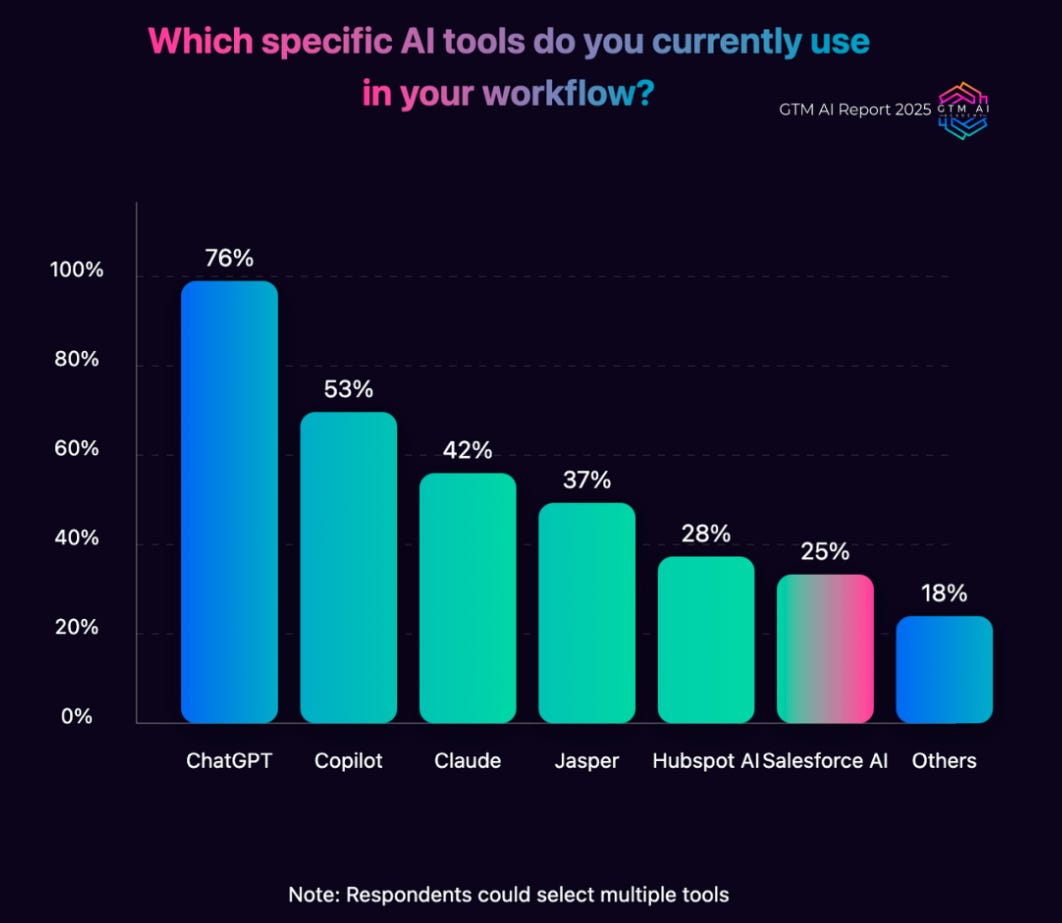
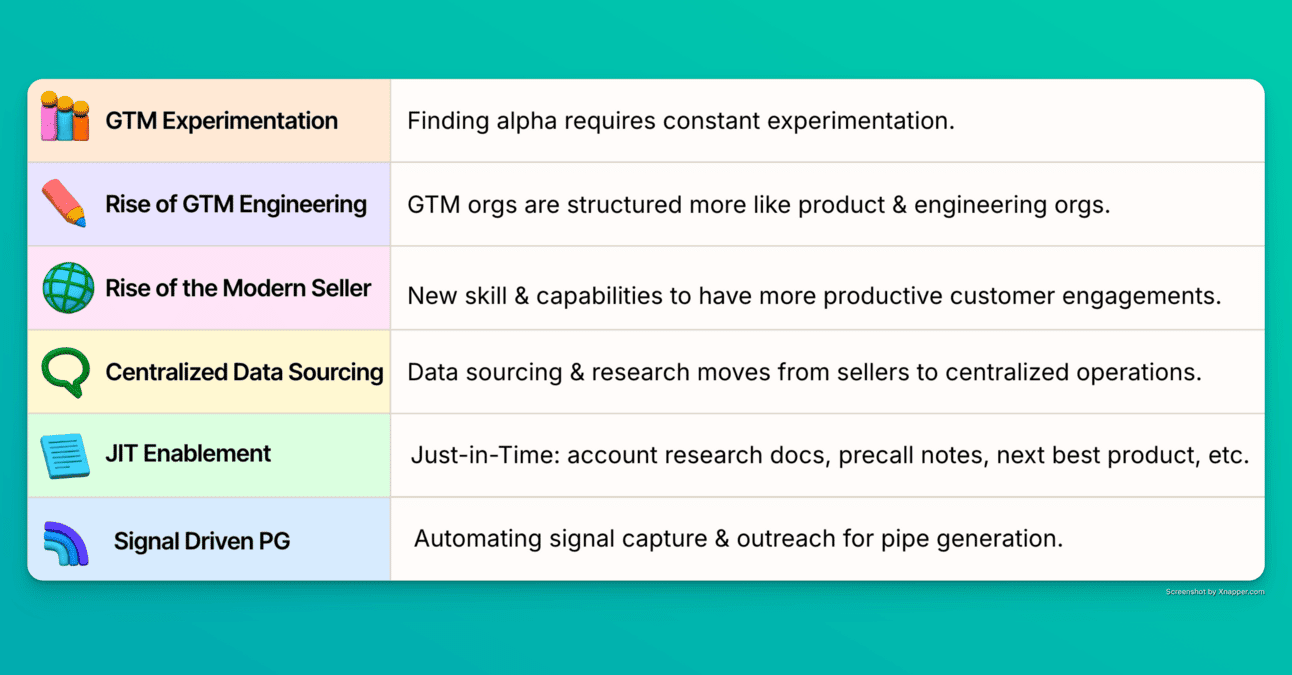
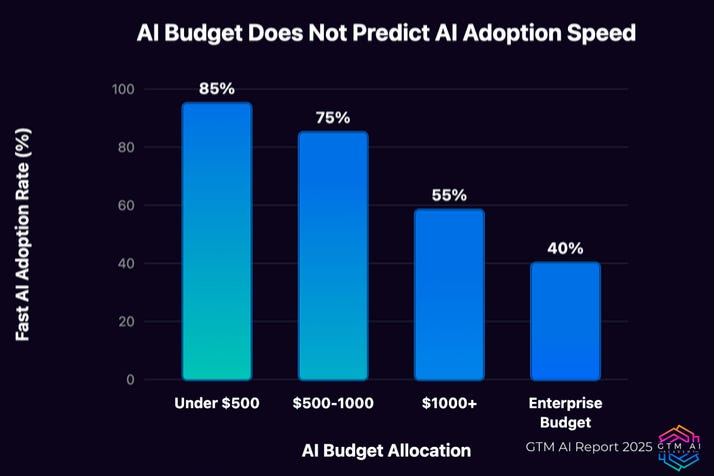





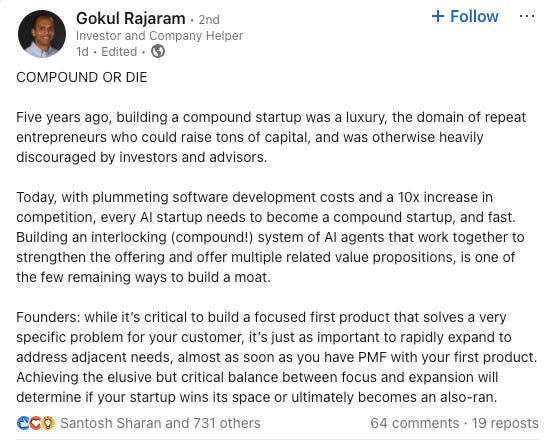

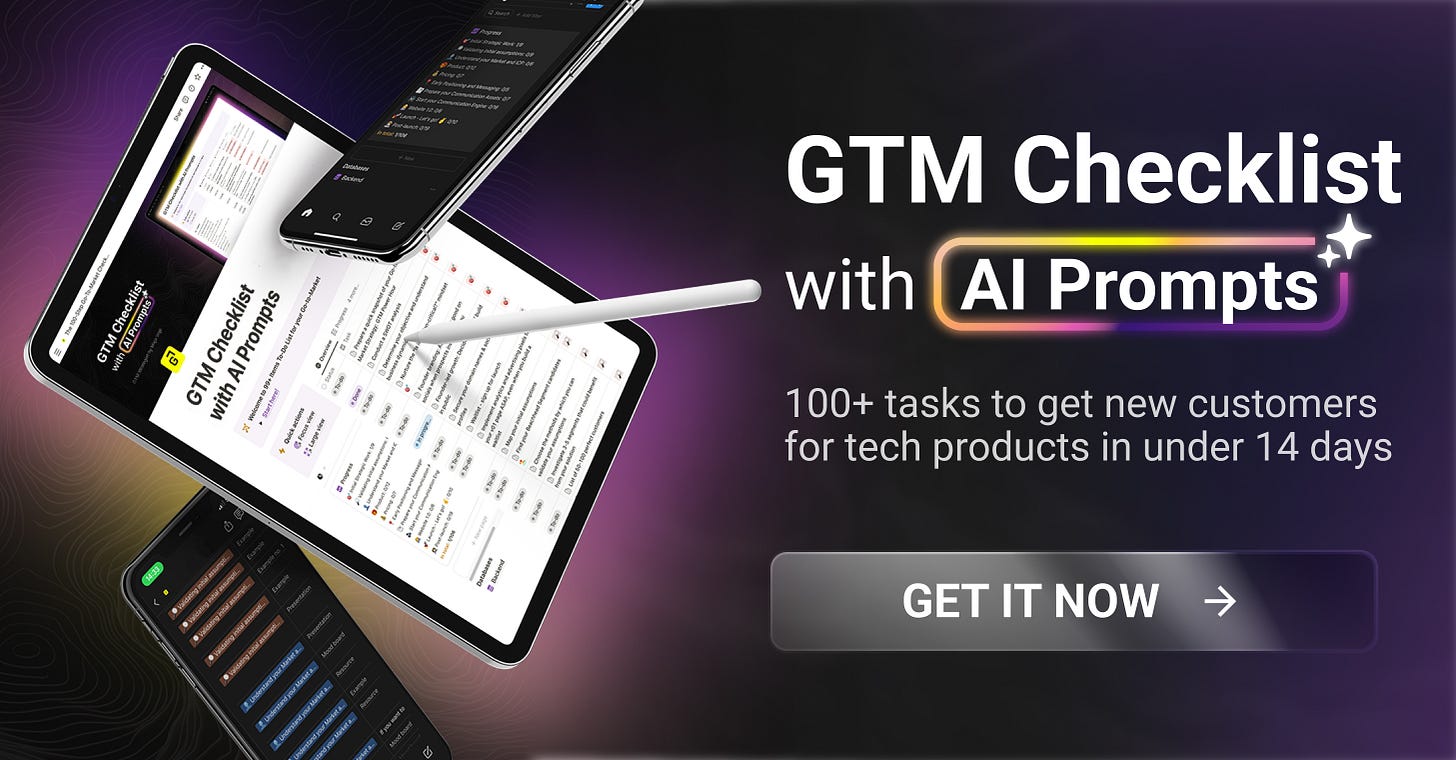
Really like 2 and 3. Thanks for sharing